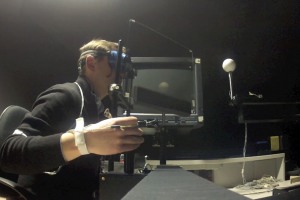PROVIDENCE, R.I. [Brown University] — When Annie Gjelsvik received an invitation early last summer to join the Anchor Program — an online course design institute run by Brown’s Sheridan Center for Teaching and Learning that teaches instructors how to develop powerful remote and hybrid courses — she jumped at the opportunity.
“I signed up within 30 seconds of receiving that email,” said Gjelsvik, an associate professor of epidemiology.
A winner of the Dean’s Award for Excellence in Teaching and current director of Brown’s master of public health program, Gjelsvik has taught public health courses at the University for more than 15 years.
But, she said, the pandemic had presented teaching challenges unlike any she had encountered in her many years working with students: “Just based on my experience moving classes online midway through the spring, I knew I needed help figuring out how to get many of the teaching methods that I rely on into an online space.”
Gjelsvik was not alone. Since its launch last July, the Anchor Program has run six times: first as an immersive four-day institute that was held five times this summer, and later as a fall institute, spread out over five weeks in the latter half of the term. Over the course of these sessions, the program has trained over 300 Brown faculty members from a wide range of departments — from classics to engineering, Africana studies to applied math — how to create what the institute’s co-founders call “resilient” courses: goal-directed, learner-centered courses that are adaptable to a range of student needs and teaching formats, including online-only and hybrid teaching.
